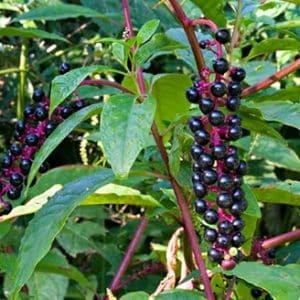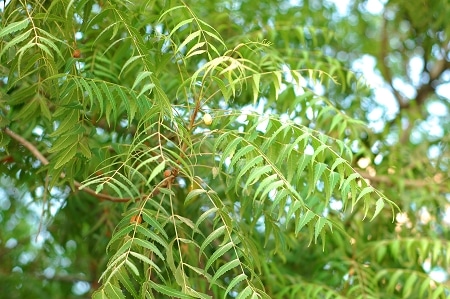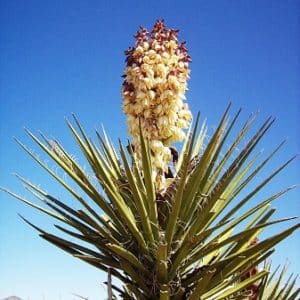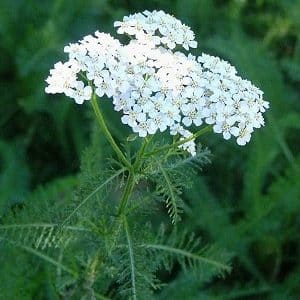The genus name comes from the name of the Greek god of medicine, Asklepios.
The roots were used as an effective expectorant to treat colds, bronchial conditions, and pleurisy, hence the name. Native Americans considered pleurisy root a cure-all used to treat such diverse conditions as pleurisy, typhoid, pneumonia, congestion, dysentery, colic, eczema, and hysteria.
The Natchez people used a tea from the boiled root to treat pneumonia. Many tribes considered it a good remedy for hot, dry fevers.
The Omaha believed this herb to be so important that only members of the Shell society were allowed to dig and distribute the roots. They ate the raw root for bronchitis and other chest conditions, as did the Ponca tribes.
The Menominee also considered it one of their most important medicines and used the pulverized root on cuts, bruises, and other injuries. It was also chewed and placed on wounds or dried, pulverized, and blown into them, especially old, obstinate sores.
Although the plant does not grow on the Rosebud Sioux Reservation in South Dakota, the Lakotas have ten names for six species of Asclepias.
The Cheyennes made a tea from the plant for snowblindness and other forms of blindness, and applied the liquid to the eyes using clean cloths. They also applied the chewed root to rashes and sores, including diaper rash and baby’s sore gums.
The Mesquakies used the root to expel tapeworms, and some species were used as contraceptives.
In Mexico, the various species of Asclepias are called “inmortal” because the plant grows again from the root with seeming immortality. Its other names refer to its popularity as a remedy for pleurisy and chest congestions.
The Aztec Herbal of 1552 recommended the root as a purgative, laxative, and a remedy for chest congestion. The root is still used today for both purposes.
The root was listed in the US Pharmacopoeia from 1820 to 1905 and in the National Formulary from 1916 to 1936. The common milkweed (A. syriaca) and the swamp milkweed (A. incarnata) were also officially listed in the US Pharmacopoeia from 1820 to 1863 and 1873 to 1882.
The cardiac glycosides in the pleurisy root plants are a useful chemical defence for the Monarch butterfly (Danaus plexippus). Their relationship to the Viceroy butterfly (Limenitis archippus) is considered to be a classic example of “Batesian mimicry” and the co-evolution of two butterfly species. Monarch butterflies, in their caterpillar phase, eat milkweeds almost exclusively and are able to store the toxic alkaloids in their cells without apparent harm. After their metamorphosis into butterflies, they become poisonous to birds because of the continued presence of the alkaloids. It was experimentally determined that these cardiac alkaloids made blue jays and other birds vomit. They soon learned not to eat the Monarchs. These glycosides not only give protection to the Monarchs from bird predators, but also indirectly to the Viceroy butterfly as well. The Viceroy mimics the Monarchs in appearance, and the birds leave them alone even though the Viceroys do not eat the milkweed plants and are not poisonous. Key Actions
Key Components




